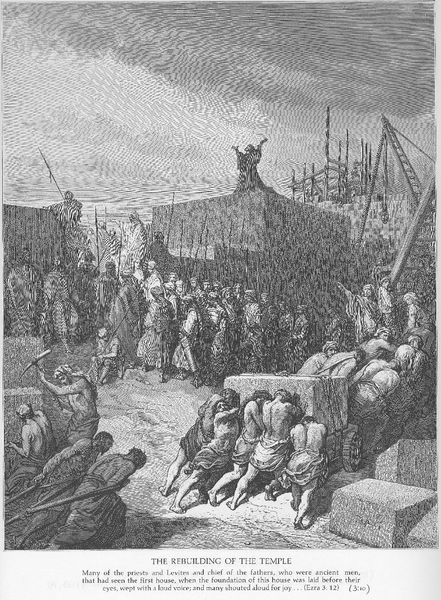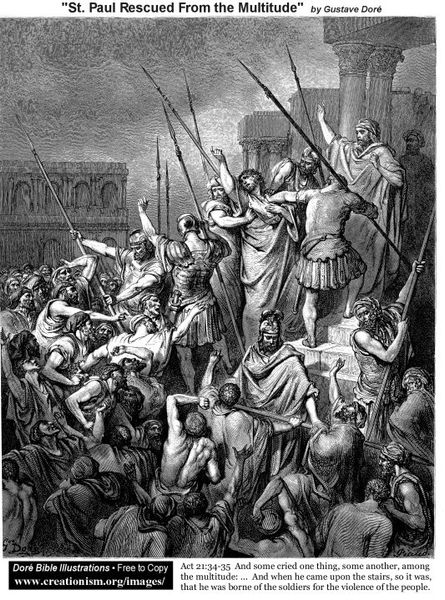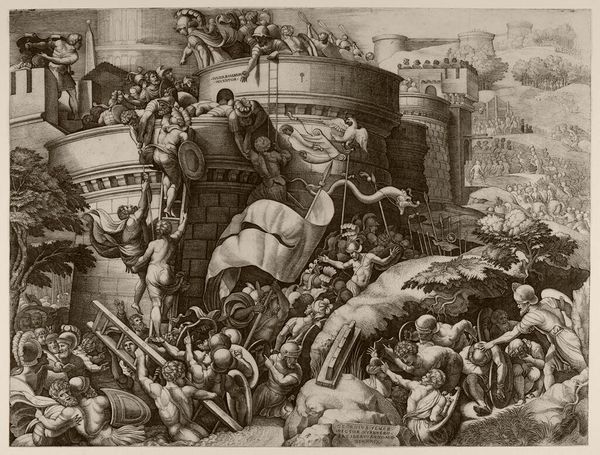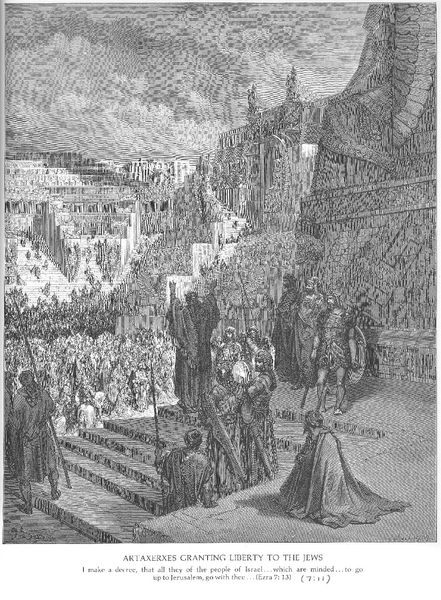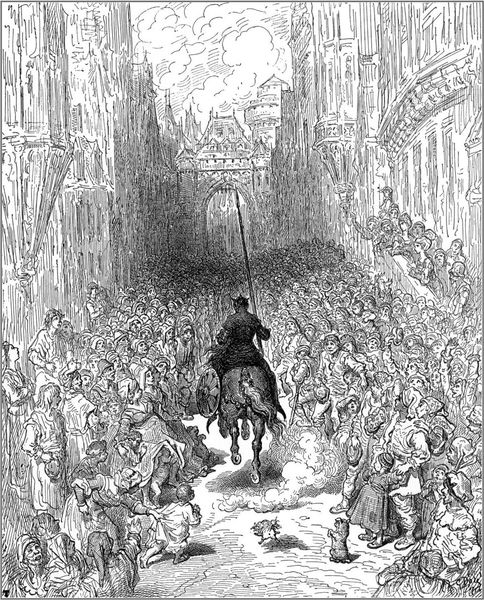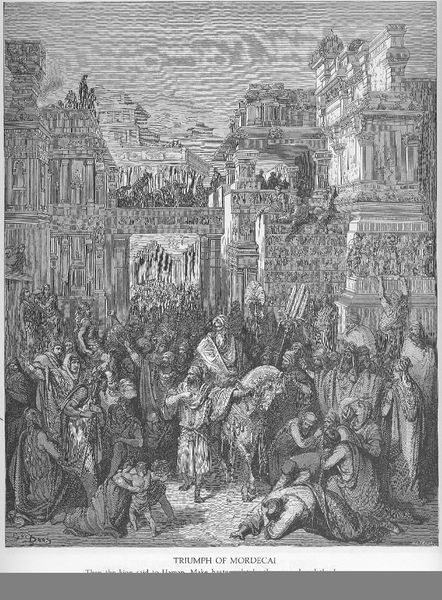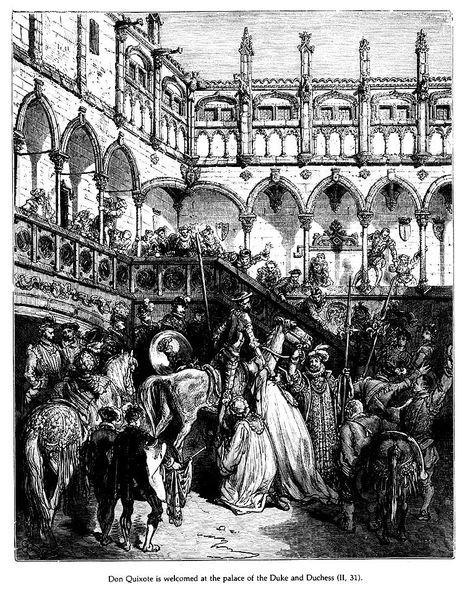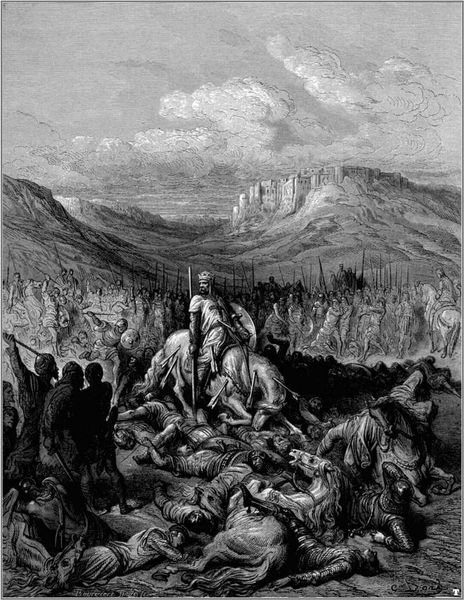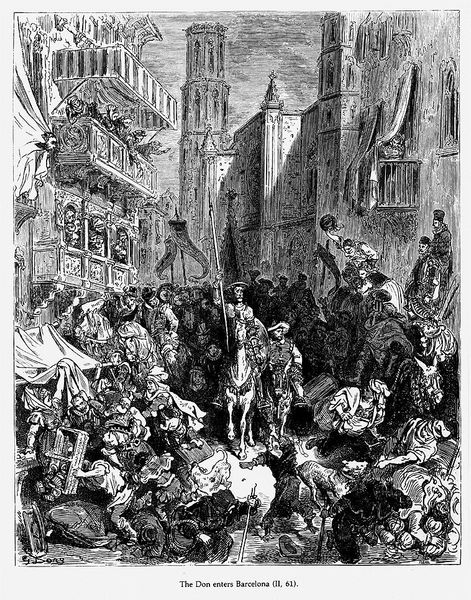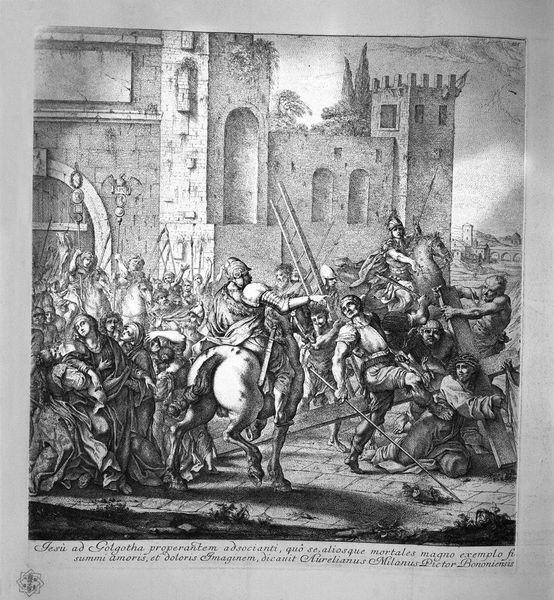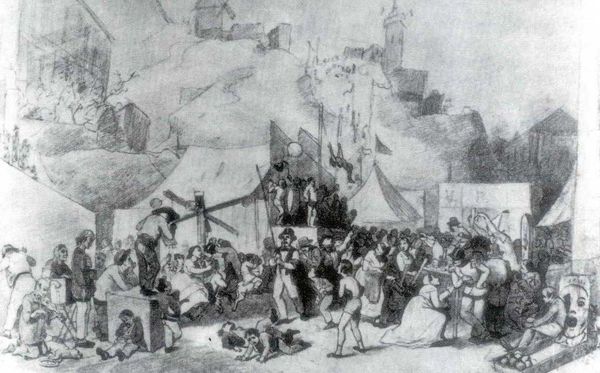
drawing, print, woodcut, graphite, engraving
#
drawing
#
medieval
#
narrative-art
# print
#
pencil sketch
#
war
#
landscape
#
charcoal drawing
#
woodcut
#
line
#
graphite
#
history-painting
#
graphite
#
engraving
#
realism
Copyright: Public domain
Editor: Gustave Doré's "The Crusaders' War Machinery," created in 1877, showcases incredible detail using printmaking techniques. The chaotic scene really evokes a sense of dread. How do you interpret the historical implications of this work, especially considering the context of its creation in the 19th century? Curator: This piece, made nearly 700 years after the Crusades, reflects a 19th-century fascination with and romanticization of the medieval period. Doré presents the Crusaders not just as warriors, but as engineers of destruction. It forces us to consider the historical narratives surrounding religious conflict, and how these are constructed. Are we celebrating ingenuity or condemning violence? Editor: I hadn't considered that the focus could be on the technology itself rather than solely on the battle. Does Doré’s choice of printmaking influence the meaning? Curator: Absolutely. The medium enables a sharp, almost clinical depiction of war, perhaps distancing the viewer emotionally while simultaneously emphasizing the mechanical and systematic nature of violence. It mirrors the industrialization of warfare, doesn't it? This connects the medieval past with modern anxieties. Where does religious zeal end, and the pursuit of technological dominance begin? Editor: It’s chilling to think about the parallels between medieval siege warfare and modern military technologies. Curator: It also challenges the usual heroic narratives, revealing a more complex, unsettling side of history and power. How might we apply this critical lens when examining depictions of conflict today? Editor: This really made me reconsider the role of historical context in understanding not only the artwork, but also the cultural anxieties reflected within it. Curator: And to reflect upon whose perspectives dominate historical representations. Food for thought, isn’t it?
Comments
No comments
Be the first to comment and join the conversation on the ultimate creative platform.


